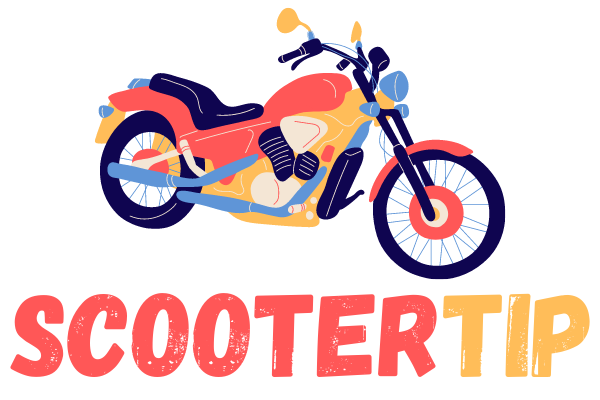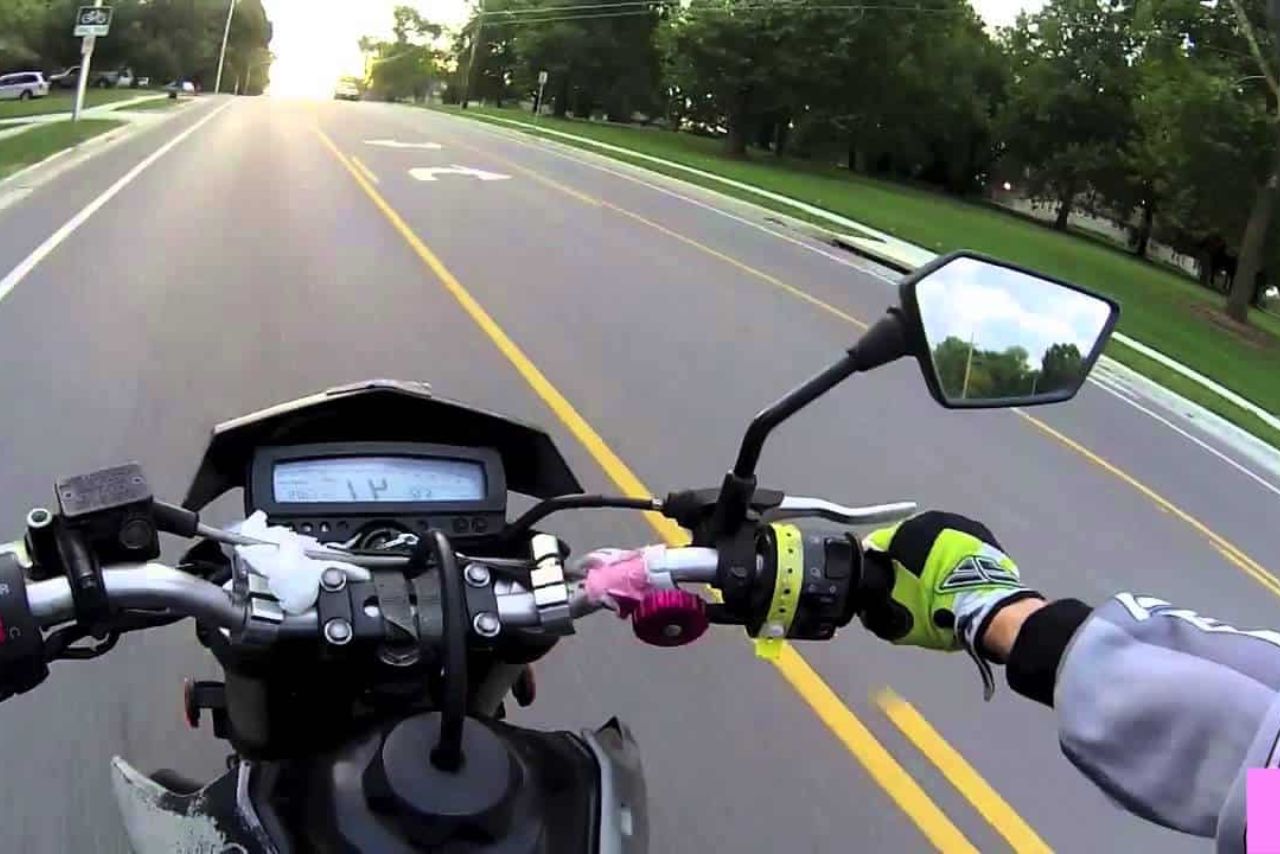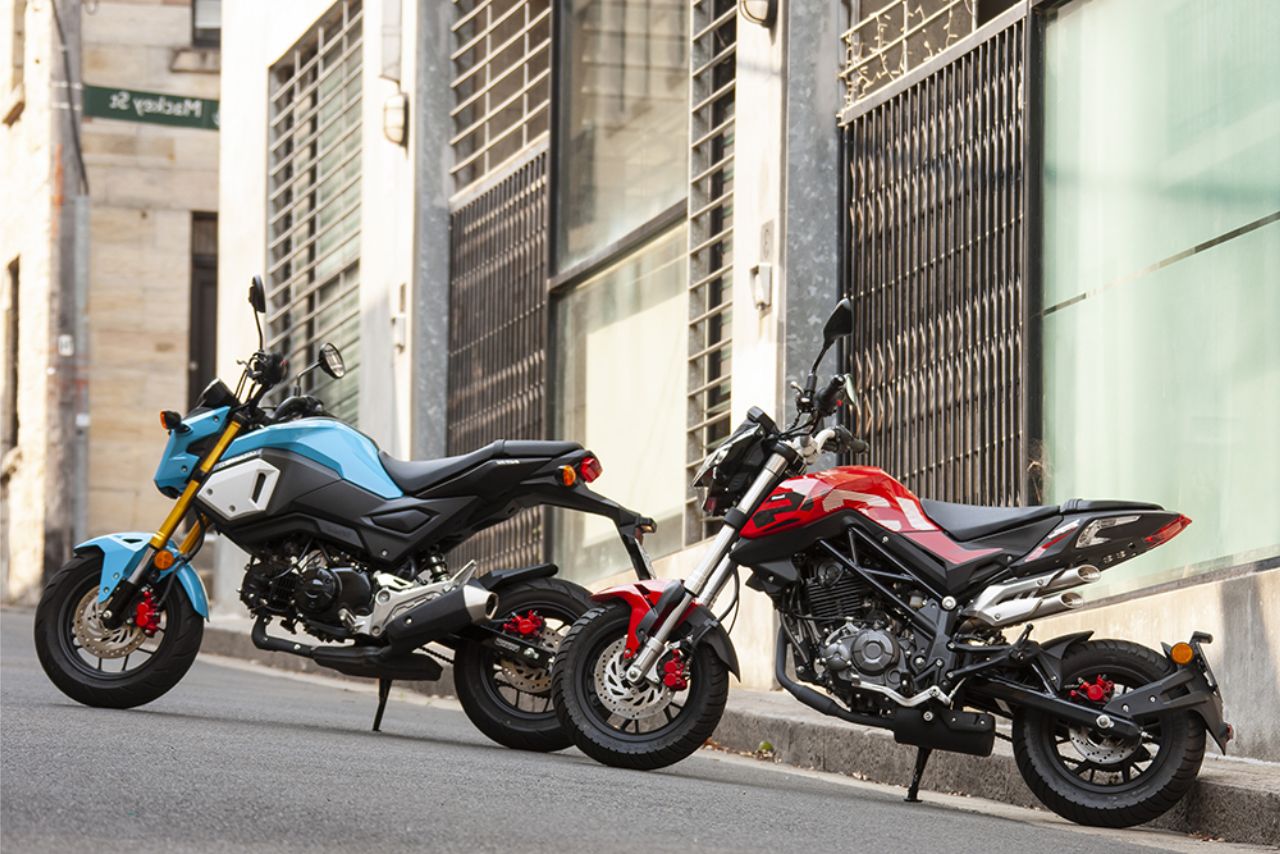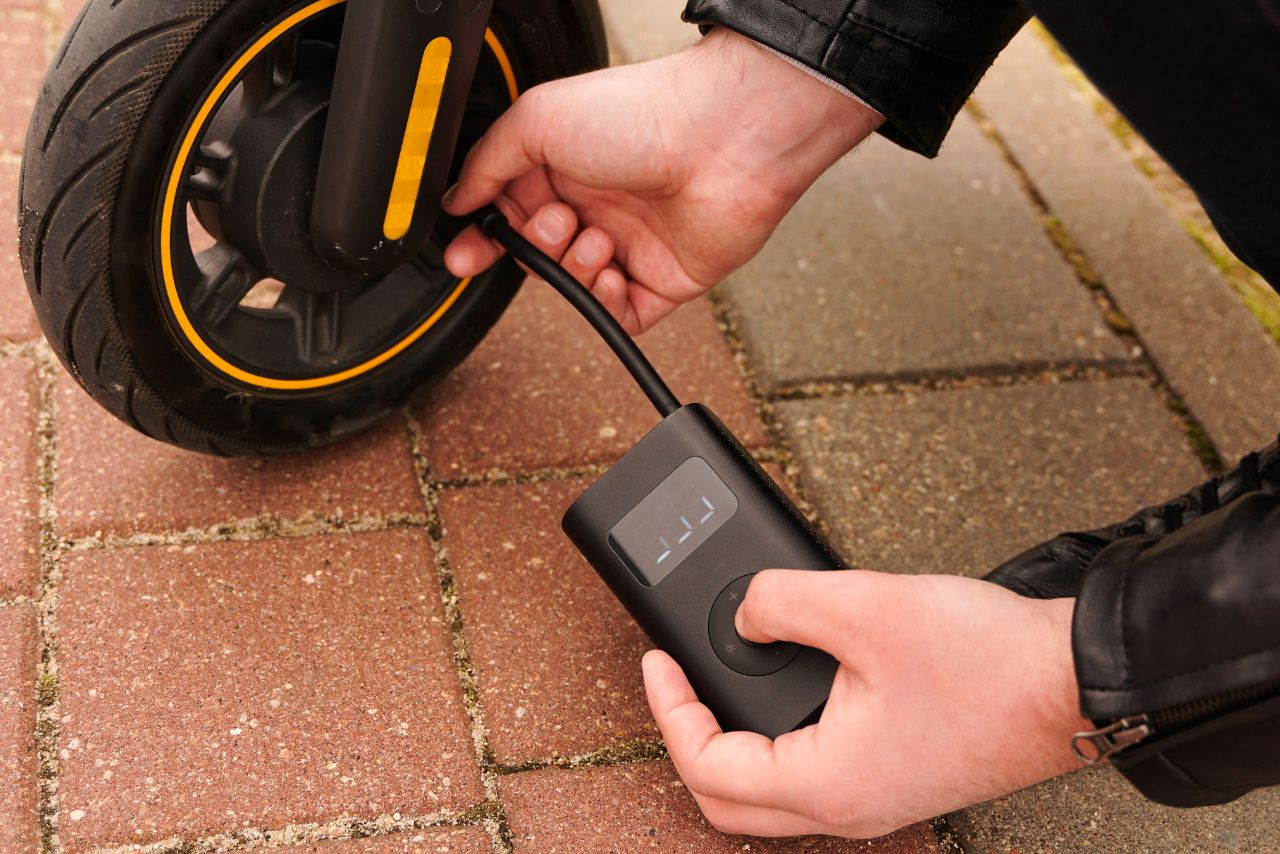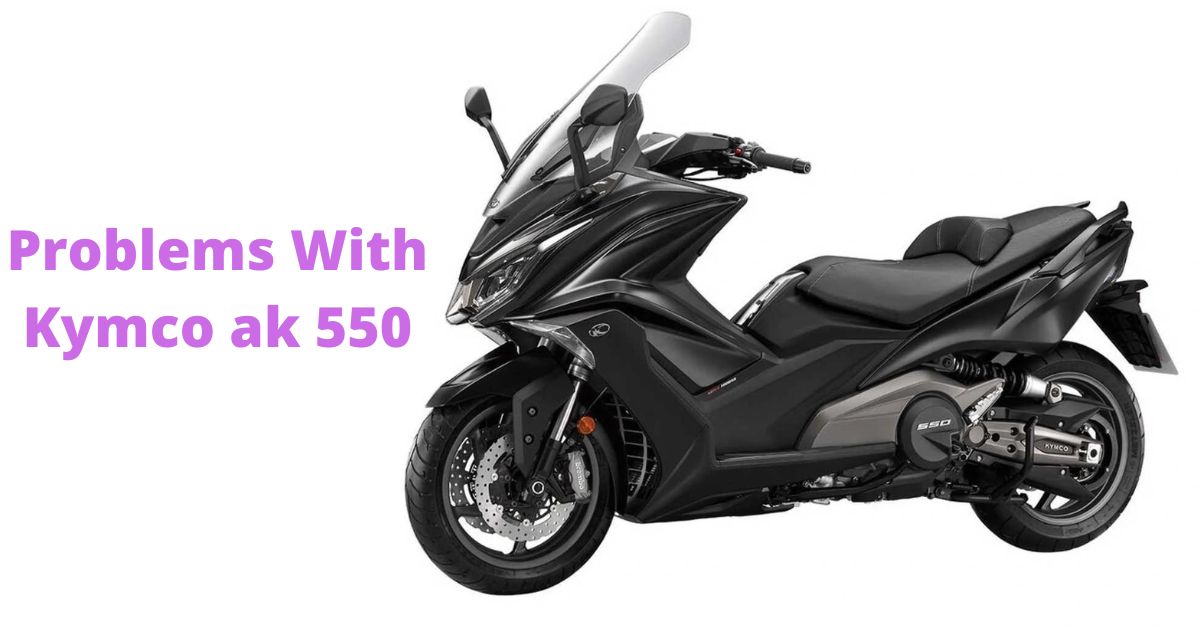Want to capture your exhilarating motorcycle rides on video? With the right camera equipment and a little know-how, you can record epic footage of your two-wheeled adventures.
In this guide, we’ll show you how to record video while riding a motorcycle, ensuring you capture every heart-pounding moment.
First, you’ll need to choose the right camera equipment, considering factors like durability, image stabilization, and mounting options. Once you have your gear, it’s essential to properly set up your camera to ensure stable footage and optimal positioning.
Next, we’ll discuss safe riding techniques, emphasizing the importance of maintaining focus on the road while operating your camera. Planning your shots in advance will help you capture the most thrilling moments, while testing and adjusting camera settings will ensure you get the best image quality.
After capturing your ride, we’ll guide you through the process of editing and sharing your videos, enabling you to relive your adventures and share them with fellow motorcycle enthusiasts.
Lastly, we’ll address safety and legal compliance concerns, ensuring that you ride responsibly and within the confines of the law. So, gear up and get ready to document your motorcycle journeys like a pro!
How To Record Video While Riding A Motorcycle?
Here are some tips on how to record video while riding a motorcycle:
- Use a helmet mount. This is the most common way to record video while riding a motorcycle, as it gives you a stable and unobstructed view of the road ahead. There are many different helmet mounts available, so you can find one that fits your helmet and your budget.
- Use a chest mount. A chest mount is another good option for recording video while riding a motorcycle. It gives you a more immersive view of the ride, as you can see your hands on the handlebars and your body moving in relation to the bike.
- Use a handlebar mount. A handlebar mount is a good option if you want to record video of your bike’s controls or the scenery around you. However, it’s important to make sure that the mount is secure, as it could come loose if you hit a bump or take a sharp turn.
- Use a taillight mount. A taillight mount is a good option if you want to record video of your rear view. This can be helpful if you’re riding in a group or if you want to see what’s behind you when you’re changing lanes.
- Use a 360 camera. A 360 camera can be a great option for recording video while riding a motorcycle, as it gives you a panoramic view of your surroundings. This can be helpful for capturing scenery, traffic, and other riders.
Here are some additional tips:
- Avoid recording long shots. If you’re going to be recording video while riding a motorcycle, it’s best to avoid recording long shots. This is because it can be difficult to keep the camera steady and in focus while you’re riding. Instead, focus on recording shorter clips of 10-30 seconds each.
- Use two cameras. If you can, use two cameras to record video while riding a motorcycle. This will give you a more complete view of your ride. You can mount one camera on your helmet and the other camera on your handlebars or taillight.
- Record videos from different angles. Don’t just record video from the same angle the whole time. Mix things up and record video from different angles, such as from your helmet, chest, handlebars, and taillight. This will make your videos more interesting and engaging to watch.
- Do not point your camera at the sun. If you point your camera at the sun, the video will be washed out and unwatchable. Instead, try to find a spot where the sun is not in your field of view.
- Be aware of your surroundings. When you’re recording video while riding a motorcycle, it’s important to be aware of your surroundings. Don’t let the camera distract you from riding safely.
With a little planning and practice, you can easily record great video while riding a motorcycle. Just remember to use a secure mount, avoid recording long shots, and be aware of your surroundings.
Key Takeaways
- Choose the right camera equipment for stability and image quality
- Set up the camera properly for stable footage and optimal positioning
- Prioritize safety and use safe riding techniques while recording
- Plan shots in advance for thrilling moments and scenic routes
Here are simple steps to record video while
1. Choose the Right Camera Equipment
When you’re out on the open road, make sure you’ve got the right camera equipment to capture all the thrilling moments of your motorcycle ride.
Selecting camera mounts is crucial to ensure a stable and secure video recording. Look for mounts specifically designed for motorcycles, such as handlebar or helmet mounts, to guarantee stability and minimize vibrations.
These mounts will keep your camera in place, allowing you to focus on the ride without worrying about your equipment falling off.
Additionally, choosing the right video resolution is important for capturing clear and detailed footage. Choose for a high resolution, such as 1080p or 4K, to ensure optimal image quality.
2. Ensure Proper Camera Setup
To fully capture the thrill of your ride, make sure your camera’s set up just right. Proper camera setup is crucial for recording video while riding a motorcycle. Here’s how to ensure you get the best footage possible:
- Camera positioning: Mount your camera securely to your helmet or bike to capture the most immersive perspective. Experiment with different angles to find the one that works best for you.
- Stabilization techniques: Use a camera with built-in stabilization or invest in a quality gimbal to minimize shaky footage. This’ll ensure your video looks smooth and professional.
- Check your camera settings: Adjust the resolution, frame rate, and exposure settings to suit your preferences. Higher resolutions and frame rates provide more detailed footage, but they also require more storage space.
- Test before you ride: Before hitting the road, do a test recording to make sure everything’s working properly. Check the camera angle, stabilization, and audio quality to avoid any surprises during your ride.
3. Practice Safe Riding Techniques
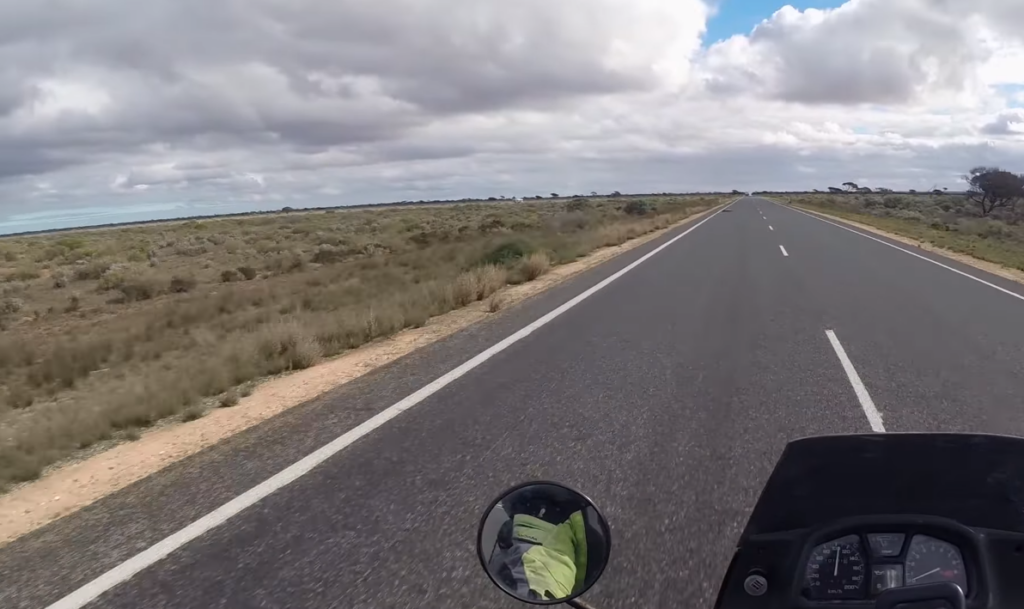
By practicing safe riding techniques, you can navigate the open road with confidence and ensure a thrilling and secure motorcycle adventure.
To record video while riding a motorcycle, it’s crucial to prioritize your safety. Always wear a helmet and protective gear, such as gloves and boots, to protect yourself in case of a fall or accident. Additionally, familiarize yourself with motorcycle safety tips.
These include maintaining a safe distance from other vehicles, using turn signals, and checking blind spots before changing lanes.
Riding in different weather conditions requires extra caution. When it’s raining, reduce your speed and avoid sudden maneuvers to prevent skidding. In hot weather, stay hydrated and wear lightweight, breathable clothing.
4. Plan Your Shots
When planning your shots, it’s essential to choose scenic routes that will provide visually stunning backdrops for your videos. Look for interesting landmarks or landscapes along your route to add depth and variety to your footage.
Experiment with different perspectives, such as low angles or wide shots, to capture the beauty of your surroundings from unique angles.
Choose Scenic Routes
Navigate through picturesque roads to capture breathtaking footage as you ride your motorcycle. Choosing scenic routes enhances the visual appeal of your videos, making them more captivating for viewers.
These routes offer a variety of stunning landscapes, from winding mountain roads to serene coastal highways. As you ride, be on the lookout for opportunities to capture wildlife or scenic photography.
Keep an eye out for interesting subjects such as grazing deer or soaring eagles, and use your motorcycle’s maneuverability to position yourself for the perfect shot.
To help you plan your routes effectively, consider using a map or GPS device that highlights scenic roads or popular photography spots. By selecting the most visually appealing routes, you can create videos that truly showcase the beauty of your surroundings.
| Route | Description |
|---|---|
| Coastal Highway | Offers breathtaking views of the ocean and coastal cliffs. Perfect for capturing seascapes and marine wildlife. |
| Mountain Pass | Winding roads through towering mountains provide stunning panoramic views. Ideal for capturing the grandeur of the landscape. |
| Forest Trail | Serene pathways through dense forests offer opportunities to capture wildlife and the tranquility of nature. |
Look for Interesting Landmarks or Landscapes
Spotting interesting landmarks or breathtaking landscapes along your scenic routes adds an extra thrill to your adventure, allowing you to capture the charm and uniqueness of each location.
As you ride your motorcycle, keep an eye out for hidden gems that will make your video truly memorable. Here are three things to look for:
- Rustic, weathered barns standing proudly amidst rolling green fields, evoking a sense of nostalgia and simplicity.
- Majestic mountains, their peaks reaching towards the sky, providing a stunning backdrop for your video and showcasing the grandeur of nature.
- Serene lakes, their crystal-clear waters reflecting the surrounding landscape, creating a tranquil and picturesque scene that will captivate your viewers.
Experiment with Different Perspectives
Take a moment to imagine yourself soaring above the open road, capturing the breathtaking scenery from a bird’s eye view as you experiment with different perspectives.
When recording videos while riding a motorcycle, it’s important to consider different camera perspectives and unique filming angles to create visually captivating content.
One effective technique is mounting a camera on your helmet or handlebars to capture the action from your point of view. This perspective allows viewers to experience the thrill of riding firsthand.
5. Test and Adjust Camera Settings
Adjusting your camera settings will ensure that you capture every thrilling moment of your motorcycle ride in high-definition glory. To start, test camera stability by mounting your camera securely on your motorcycle. Make sure it’s tightly secured to prevent any vibrations or movements that could affect the quality of your footage.
Next, adjust camera exposure to optimize the lighting conditions. If you’re riding during the day, set the exposure to automatic mode for balanced lighting. However, if you’re riding during low light conditions, manually adjust the exposure to prevent your footage from being too dark or too bright.
Experiment with different exposure settings to find the perfect balance for your ride. By testing and adjusting these camera settings, you’ll be able to capture your motorcycle adventures with clarity and excitement.
6. Capture Epic Moments
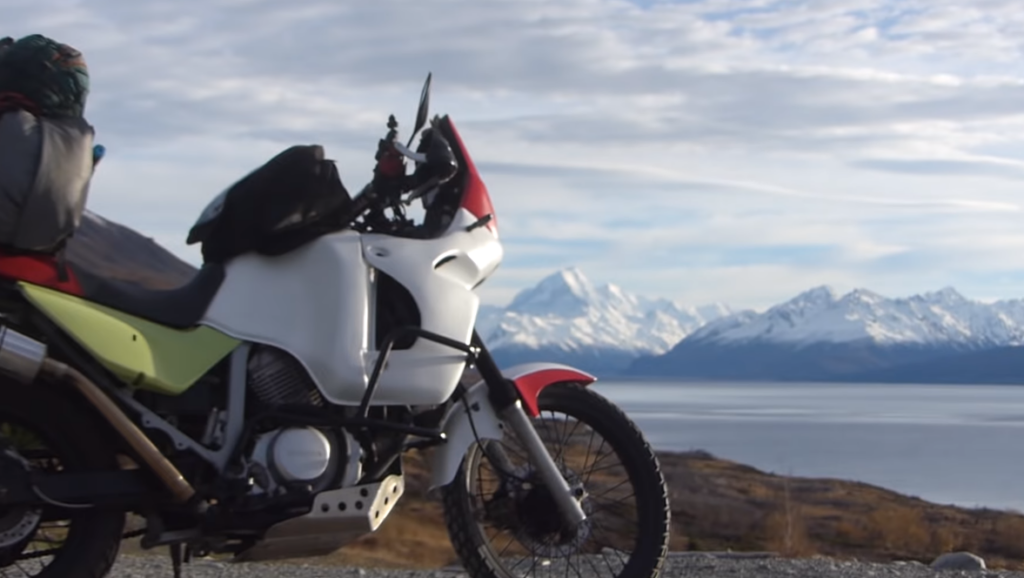
To capture epic moments while riding your motorcycle, it’s crucial to record smooth and steady shots. This can be achieved by using a camera stabilizer or mounting the camera securely on your bike.
Additionally, experiment with different camera angles to add variety and interest to your footage. Lastly, be sure to film interesting road interactions or challenges, such as overtaking other vehicles or navigating tight turns, to create captivating and dynamic videos.
Record Smooth and Steady Shots
Get ready to capture breathtaking footage of your motorcycle adventures with smooth and steady shots that’ll make your viewers feel like they’re right there with you. To achieve this, it’s essential to stabilize your footage while riding.
Start by investing in a high-quality camera mount that securely attaches to your motorcycle. This’ll help minimize vibrations and ensure a stable base for your camera.
Additionally, consider using a gimbal or an image stabilization feature on your camera to further reduce any unwanted movements.
Experiment with Different Camera Angles
Capture the essence of your motorcycle adventures by exploring various camera angles, allowing your viewers to experience the thrill from a unique and immersive perspective. To enhance the visual appeal of your videos, try experimenting with different lighting techniques.
Whether it’s capturing the sunset as you ride along scenic routes or playing with shadows to add drama, different lighting can greatly enhance the overall mood of your footage.
Additionally, don’t shy away from filming in different weather conditions. Rain, fog, or even snow can create a visually stunning backdrop that adds an extra layer of excitement to your videos.
Embrace the elements and showcase the versatility of your motorcycle adventures through diverse camera angles and the magic of different lighting techniques.
- Play with shadows and light to add drama.
- Capture the beauty of sunsets along your route.
- Film in the rain to create a visually stunning effect.
- Embrace snowfall and fog for a mysterious atmosphere.
Film Interesting Road Interactions or Challenges
Documenting fascinating road interactions or challenges adds depth and excitement to your motorcycle adventure footage.
To capture these moments, film unexpected encounters that occur while riding. Whether it’s a friendly wave from a fellow rider or a close call with wildlife crossing the road, these interactions can make your video more captivating.
7. Edit and Share Your Videos
Once you’ve filmed your exhilarating motorcycle ride, it’s time to dive into the editing process and share your epic videos with the world. Editing techniques play a crucial role in transforming raw footage into a captivating story.
Start by importing your video files into a professional editing software like Adobe Premiere Pro or Final Cut Pro.
Trim the unnecessary parts, enhance the colors, and add transitions to make your video visually appealing. Experiment with different effects and filters to add a touch of creativity.
Don’t forget to synchronize your video with a fitting soundtrack to enhance the overall experience. Once you’re satisfied with the final product, it’s time to share it with the world.
8. Ensure Safety and Legal Compliance
When recording videos while riding a motorcycle, it’s crucial to ensure safety and legal compliance.
Always follow local laws and regulations regarding the use of cameras and recording devices while operating a motorcycle.
Additionally, make sure to use proper protective gear and equipment, such as a helmet and appropriate clothing, to minimize the risk of injury.
Watch Video: How To Record Video While Riding A Motorcycle?
Use Protective Gear and Equipment
Ensuring your safety and well-being, wearing protective gear and equipment is crucial when capturing the thrill of the open road on your bike. The importance of protective gear cannot be emphasized enough.
A helmet is the most essential piece of gear, protecting your head from potential injuries. It should fit snugly and be securely fastened at all times.
Additionally, wearing a sturdy pair of motorcycle boots is essential to protect your feet and ankles. They provide grip and stability, ensuring you have full control over your bike.
Don’t forget to wear a durable jacket, gloves, and pants, which protect your body from abrasions and impact during a potential fall.
Frequently Asked Questions
Are there any specific camera models that are recommended for recording video while riding a motorcycle?
For recording video while riding a motorcycle, it is recommended to use action cameras with features like image stabilization, waterproofing, and wide-angle lenses. These cameras can capture the best camera angles and ensure stable footage even in challenging riding conditions.
How can I mount the camera securely on my motorcycle?
To securely mount your camera on your motorcycle, there are various mounting options available.
Look for mounts specifically designed for motorcycles, ensuring stability and vibration reduction for optimal camera stabilization while recording video.
Are there any specific riding techniques that I need to learn in order to safely record video while riding?
To safely record video while riding, you should learn proper riding techniques and take necessary safety precautions.
This ensures stability and control while operating your motorcycle, allowing you to capture high-quality footage without compromising your safety.
How do I plan my shots to capture the best moments while riding?
When planning your shots while riding, use various planning techniques to capture the best moments.
Consider factors like lighting, composition, and camera angles. This will ensure your videos are visually appealing and showcase the thrilling moments of your ride.
What are some legal considerations I need to keep in mind when recording video while riding a motorcycle?
When recording video while riding a motorcycle, it is important to be aware of privacy concerns and potential legal consequences.
Respect others’ privacy and ensure you are not violating any laws or regulations regarding recording in public spaces.
Conclusion: How To Record Video While Riding A Motorcycle?
Recording video while riding a motorcycle can be an exciting and rewarding experience. By following the steps outlined in this article, you can ensure that you capture high-quality footage while also maintaining your safety on the road.
Remember to invest in a good quality action camera with image stabilization capabilities, mount it securely to your helmet or bike, and always prioritize your safety over getting the perfect shot.
With practice and careful planning, you can create stunning motorcycle videos that showcase your adventures and inspire others to hit the open road. So gear up, hit record, and let the world see your thrilling rides!
